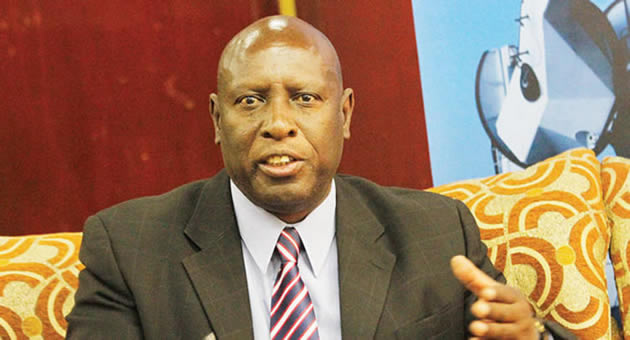REA connects 6,200 rural institutions

Business Reporter
MORE than 6,200 rural institutions have been electrified over the past 13 years, according to statistics on the rural electrification programme. Energy and Power Development Minister Samuel Undenge told Parliament that the government would continue to roll out the rural electrification programme to cover more institutions in remote areas.
Rural electrification began in 2002 following the enactment of the Rural Electrification Fund Act, which resulted in the establishment of the Rural Electrification Agency (REA).
The electrified rural institutions include chiefs’ homesteads, business centres, small-scale farms and villages provided with energy using grid, solar and biogas.
Presenting the statistics, Minister Undenge said 2,125 primary schools countrywide were electrified since 2002 while 1,178 secondary schools had been connected as of March 31, 2015.
He said 783 rural health centres and 329 government extension offices had also been electrified during the period under review.
A total of 218 chiefs’ homesteads had been connected with electricity from either the national grid or solar system while 909 business centres had also been electrified throughout the country.
In the farming communities, 705 small-scale farms had been electrified.
“The statistics include 415 institutions where solar systems have been installed.
“The outstanding statistics on business centres, villages, farms and others reflect the outstanding customer projects that were partly paid for in Zimbabwe dollars,” the minister said.
REA is mandated to facilitate rapid equitable provision of energy in rural communities in the country.
Rural electrification is one of the major milestones in the energy sector as electricity used to be for the people who lived in urban centres and the rural elite.
The electrification project is expected to accelerate growth in rural areas.
Power supply shortage remains a challenge in the country, which affects industrial production capacity.
To address the challenge, the government has licensed more than 15 independent power producers (IPPs) to invest in power generation.
The projects by the IPP are at different stages of development.
Zimbabwe is presently producing about 1,400 megawatts against a national demand of 2,200MW.









Comments